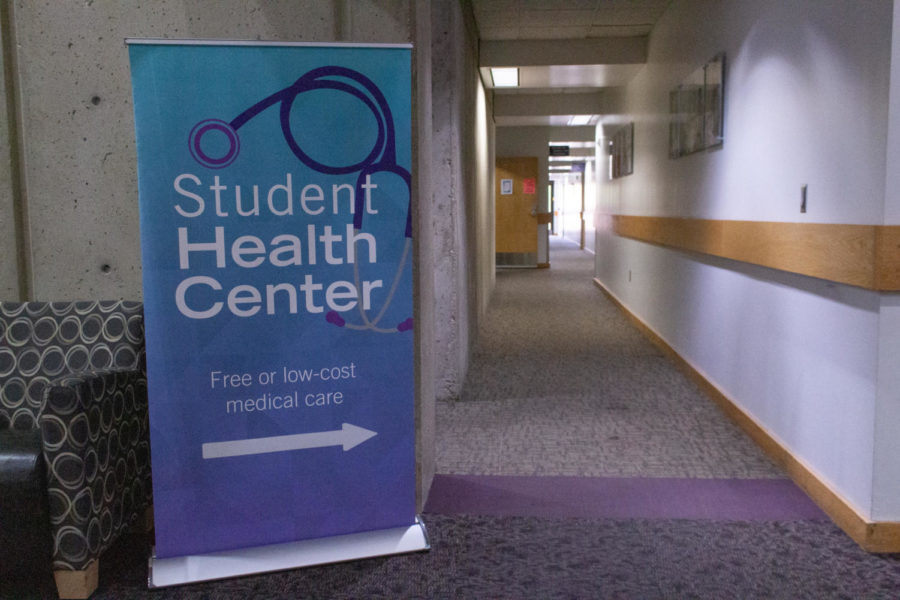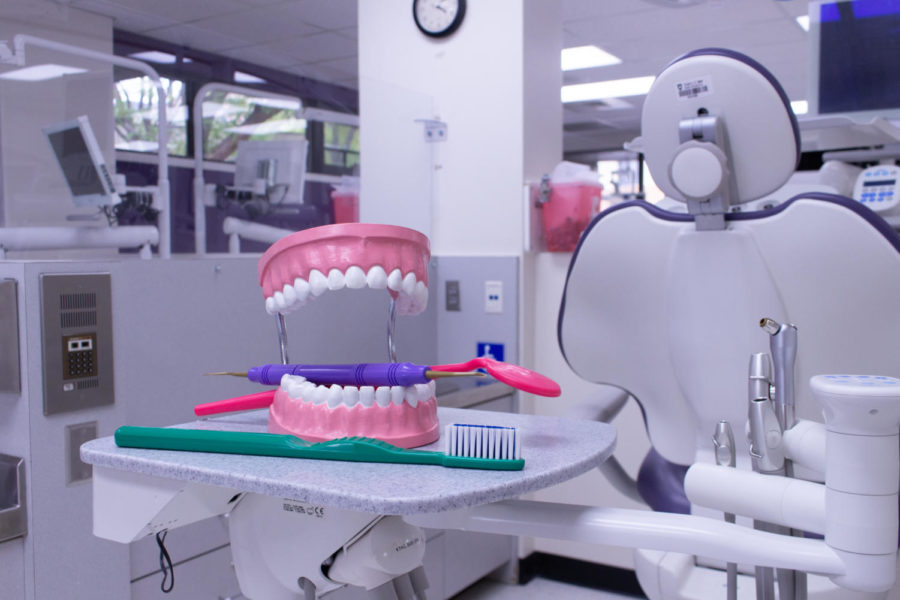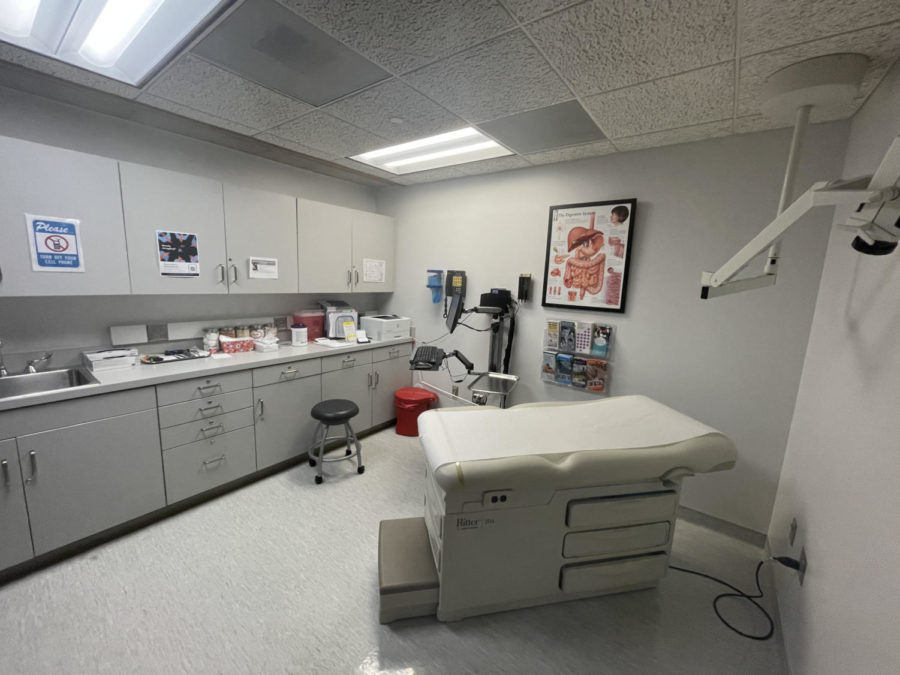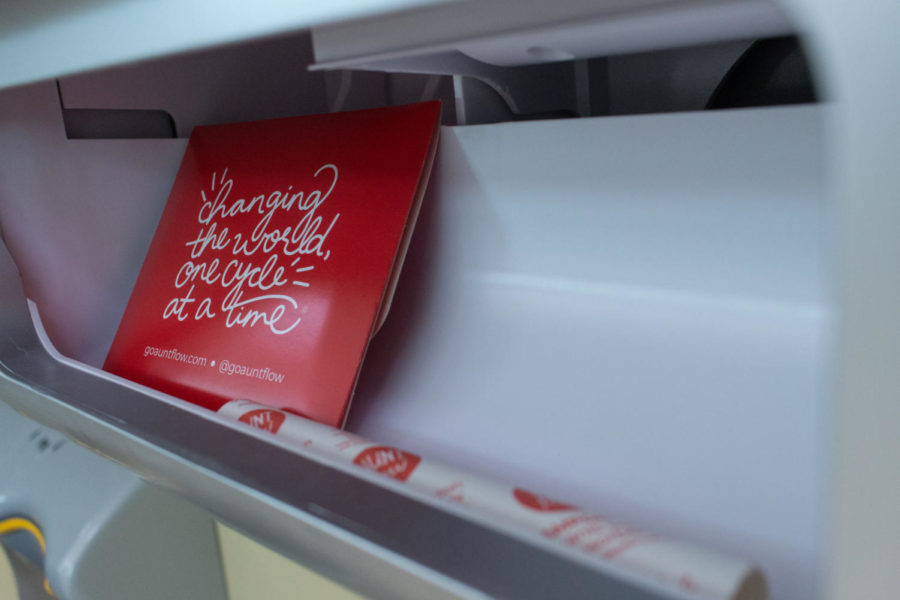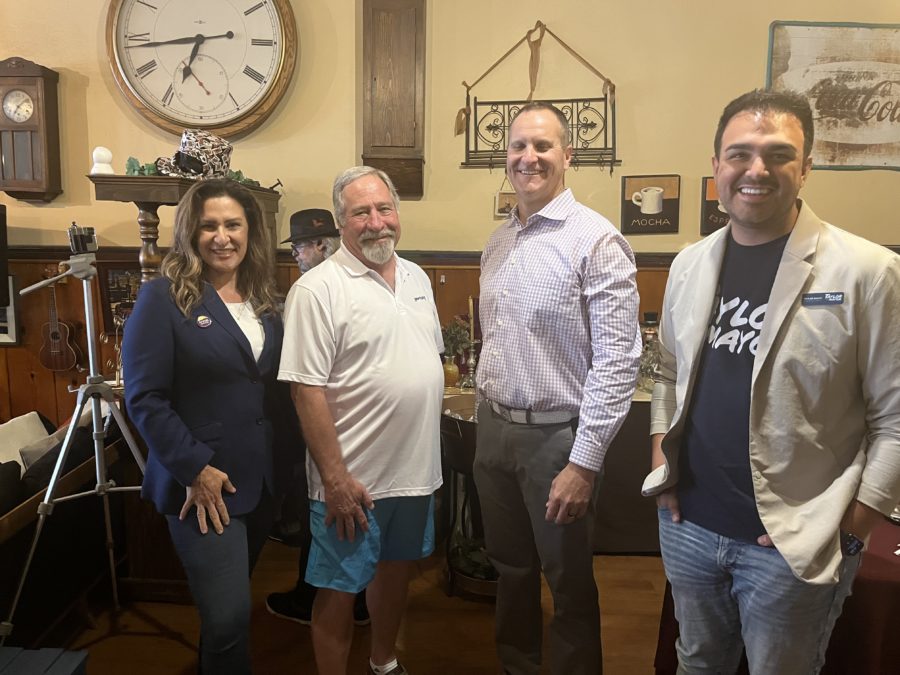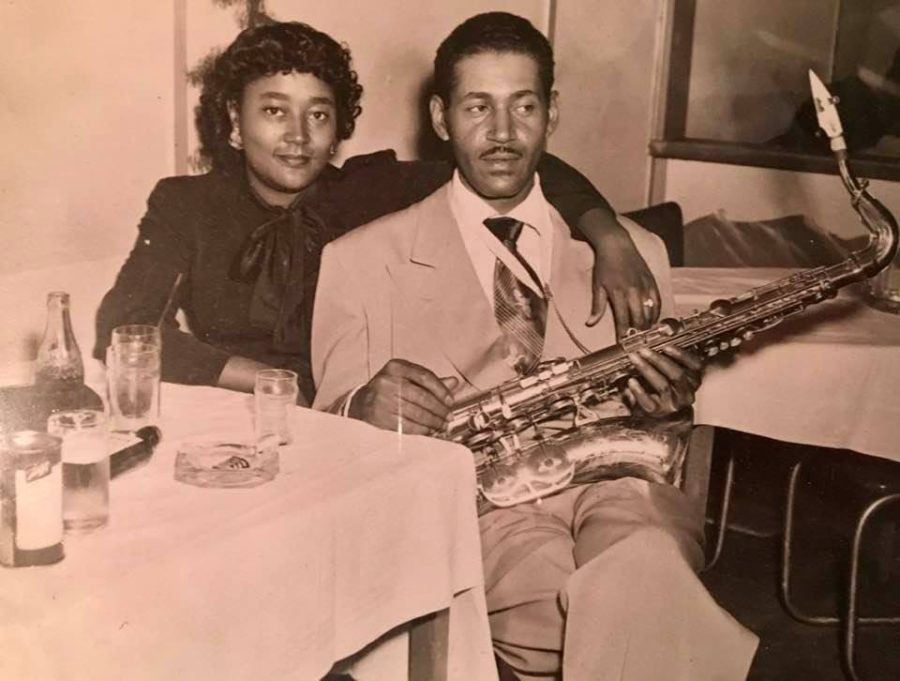
Weber State University students and faculty stepped into blue surgical suits, gloves and masks to “test-drive” a Da Vinci surgical robot at Ogden Regional Medical Center on Monday night.
The robot allows surgeries to be less invasive, which increases the patient’s recovery time through the use of small incisions.
Dr. Amber Bradshaw, the first fellowship-trained robotic surgeon, oversaw the use of the robot.
“I like doing this type of surgery because most (people) don’t want a big incision on their abdomen and to be out for six weeks,” she said. “(Patients) do very well with this type of surgery. In most cases, they go home the same day they’ve had surgery. They’re back to work within the week.”
The event was not limited to those aspiring to the medical field. Kelly Stackaruck, the WSU College of Applied Sciences and Technology development director, said students from multiple WSU colleges were invited.
“We have students from sales, engineering, pre-medical, nursing and various other sciences,” she said. “It’s a great opportunity for our students to see different career paths.”
Electronic engineering student Paul Himle said he wasn’t focused on what the robot meant for surgery, but that he was more fascinated with the instrument’s construction.
“It was so natural to use,” he said. “There are a lot of things that people don’t think about what this machine is doing. The center of rotation of the robot is right at the skin, and as it pivots, it isn’t making the skin any bigger. It’s just crazy.”
Other participants said they found the hands-on learning experience invaluable.
“I’m a very visual learner. You can read about this in a book, but until you see it, you won’t really know what you’re supposed to do,” said Andrea Brandon, a WSU nursing major. “It’s just awesome.”
Bradshaw said the two types of surgical procedures that she performs most often are conventional laparoscopy and robotic laparoscopy.
“For conventional, we use a camera and what we call sticks,” she said. “The sticks are long metal pieces with scissors and a cauterizing feature. As you can guess, that gives us a limited range of motion, and the camera stick has to be held and kept steady by someone else. But with robotic laparoscopy, the camera is on a robotic arm, and I have control of two sticks that each (have) a 420-degree range of motion. They essentially become an extension of my hands.”
WSU students and faculty were allowed to try to pick up objects inside a fake human abdomen using both procedures.
“With the robotic one, I could feel it come alive,” said WSU nursing major Rebecca Bond. “The other one was so rigid, and you had to have someone else hold the camera and essentially be your eyes. You can’t exactly see where you’re trying to go if someone else is holding the camera.”
Kyle Harvey, also a nursing major, agreed.
“With the conventional one, I was sitting there trying to twist my arm around to get in there, but it wouldn’t twist anymore,” he said. “(With) the robot one, you’re just reaching in there and pulling out and in and reaching around. There’s no question about it. It’s just absolutely intuitive and natural.”
Although it seemed easy, Da Vinci representative and WSU alumnus Brody Barnes said that becoming a Da Vinci surgeon wasn’t that simple.
“Potential (Da Vinci) surgeons spend eight hours in a lab, 10 hours in a surgical simulator, and then, if they’re good, they go to a live, eight-hour pig training session where the pig is alive and connected to anesthesia,” he said. “The surgeon then does whatever specific type of surgery is specific to them on that pig. There’s a ton more training after that, though.”
Bradshaw said using the robotic surgery has a lot of positive results, but often, only the negative outcomes are heard.
“The most publicized problems you hear about are due to a lack of training,” she said. “I think that sometimes surgeons think (the robot) will make them a better surgeon, and obviously that is not the case.”
Bradshaw said that despite technological advances, robotic surgery won’t replace human surgeons any time soon.
“The thing is not operating,” she said. “The surgeon is still operating. People are still getting opened for a lot procedures, and it is my goal to make sure (people) know their options. That’s what the Da Vinci system is. It’s just another option.”




